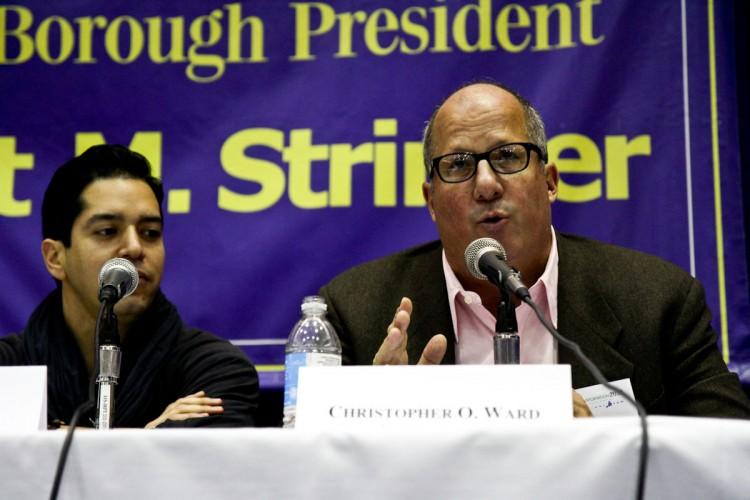NEW YORK—Imagine a city without traffic cops. Not so fast—a city without traffic cops would not necessarily be a city without traffic fines.
One day, every car in New York City could have a mandatory GPS tracking unit installed. With an electronic eye on parking and other violations, and an automatic summons-dispatching system, the officer with a summons book patrolling the street would become an anachronism—and so would his or her salary.
Peter Torrellas, chief technical adviser for Siemens, which holds contracts to update the city’s transit system, said this is one of several ideas on Siemens’s drawing board.
Not only would the GPS technology monitor compliance, it would also optimize traffic flow. Traffic lights could respond to traffic flow, drivers with more real-time information could adjust their routes to avoid congestion.
Some buses already have GPSs installed as part of a pilot project. This allows riders to check on the location of buses online before heading to the bus stop.
In the subways, smart technology could cut down energy waste by automatically shutting off lights in empty subway cars. With more data, transportation authorities could make better-informed decisions.







